| Human-Resonance.org Analysis of a 2011 Winchester Star article about the Paleo-Indian site found by Chris (Comeswithclouds) White in Virginia. The profound mystery of the advanced unified purpose of these ancient stone circle temples and ancient monument alignments is now coming to light through the research at hundreds of such sites worldwide. Popular awareness of ancient stone circles of Native American cultures is very slowly revealing itself. The quartz crystalline content of these massive standing stones is well known for its piezoelectric properties, which enable the stones' conversion of acoustic energy into electric energy. Calcite and quartz are the two types of piezoelectric stone which have been extensively used throughout the diverse pyramid-building cultures of the world, to transduce the ambient electrical ground currents produced by solar flare activity into an internal electrical charge and an electromagnetic field that envelops the stone monuments. These concentric stone circles represent the prime force of infrasound, the deep and all-penetrating universal 'Om' that is associated with the Creational essence and is concentrated by these standing stone monuments due to their geometric relationship with the Great Pyramid of Giza, Egypt. The area including the rock circles was the location that drew Chris White in. When he was building his house, White said, he would often walk by the creek to take a break. There, "a still, small voice said, 'This land is important.' I didn't know what it meant, but I took it to heart," he said. | "Ancient sacred sites are calling attuned healers into resonance, and we are responding to the call," Human Resonance. Spout Run, Virginia (39.05°N 77.89°W) is 5,852 miles from Giza, or 23.5% of the Earth's mean circumference distance (of 24,892 miles). This sacred resonant distance is aligned with converging infrasound standing waves in a pattern shared by all such monuments and all other sacred temples and pyramids worldwide - with the giant Stonehenge monument sitting precisely at the 9.0% distance, while Newgrange, Knowth and Dowth sit exactly along the resonant 10.0% distance. The most dramatic effects witnessed and prophecied by the pyramid-builders themselves include the flare-up of giant HHO plasma plumes above the Great Pyramid of Giza, in formations only recently documented by modern scientists as red sprites. The Mayan/Aztec, Apache and Hopi wisdom traditions foretell of the return of our planet to a state of high-resonance, during at time refered to as the Red Dawn, when the skies will glow red with intense auroral activity as the culmination of the dramatic astronomical events of December 22, 2012. |
|
0 Comments
|
Paleo News Room
for the site discovered by Chris (Comeswithclouds) White in 2010 Topics
All
History
August 2020
|




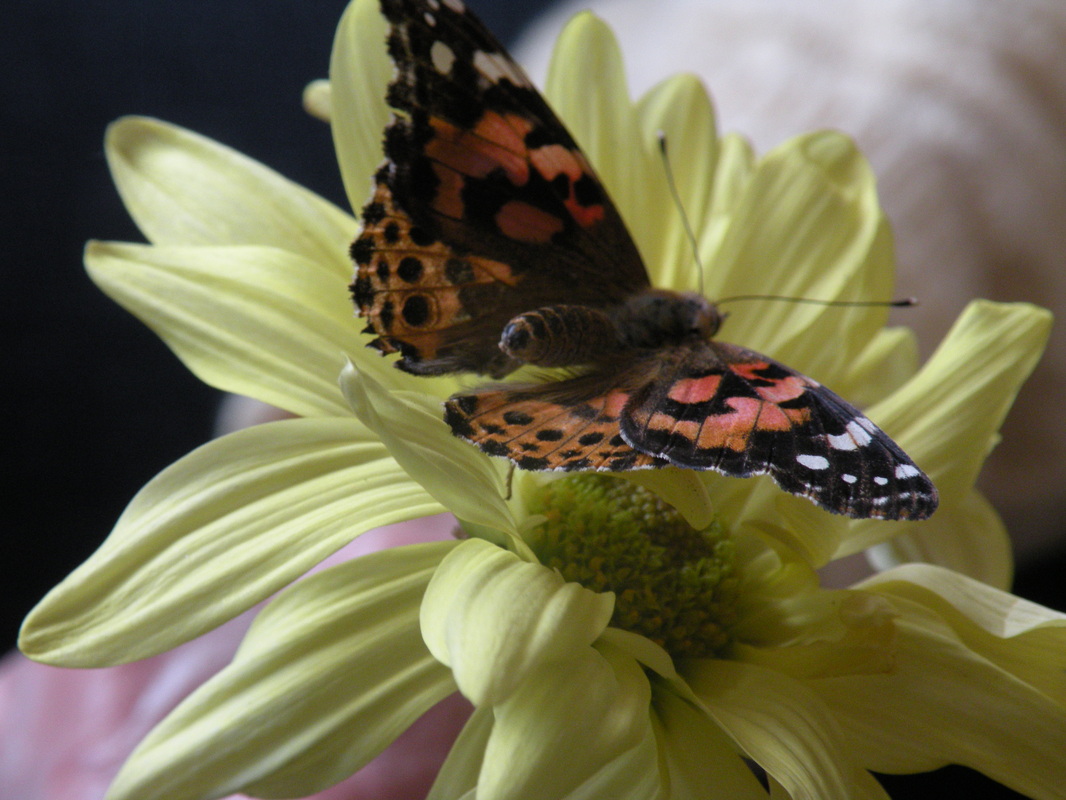
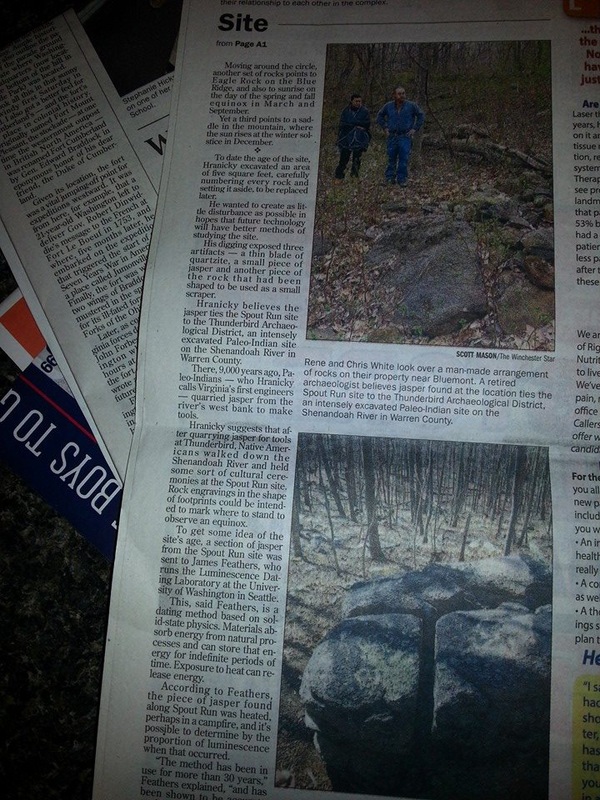
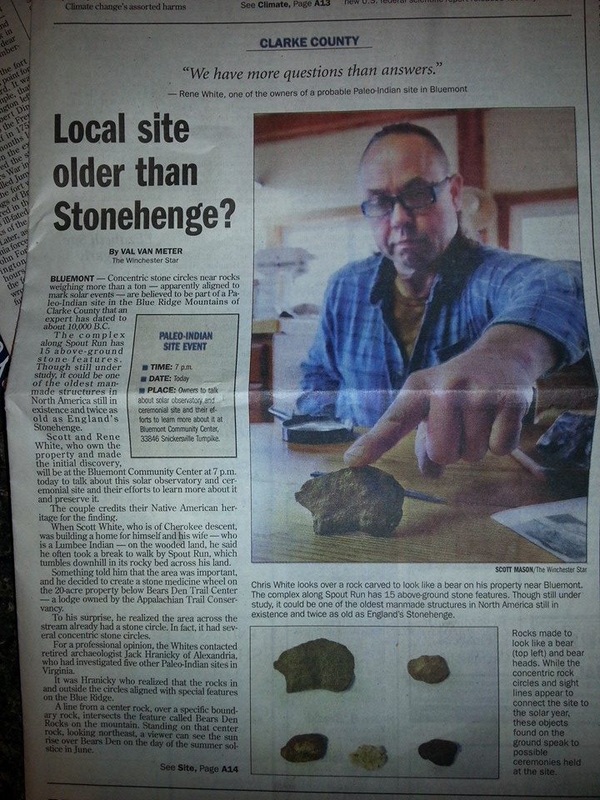
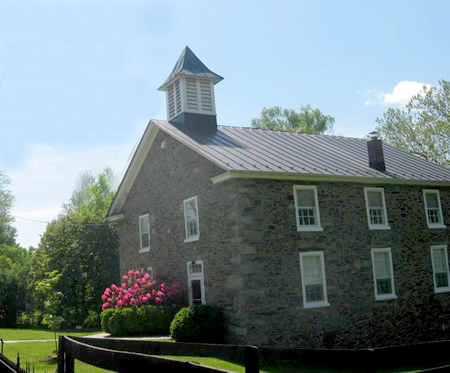
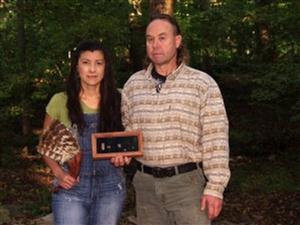
 RSS Feed
RSS Feed